Table of Contents
ToggleIntroduction
Efficient jib crane maintenance is crucial for small industrial sites aiming to enhance operational safety, reduce downtime, and extend equipment life. Proper maintenance practices ensure that jib cranes function optimally and safely, preventing costly repairs and ensuring compliance with industry standards. This article explores expert-recommended strategies that small industrial operators can implement for effective jib crane maintenance.
Understanding Jib Crane Applications and Benefits
Jib Crane Applications
Jib cranes are versatile lifting devices commonly used in various industries such as manufacturing, warehousing, construction, and shipping. Their primary applications include:
- Moving materials swiftly within limited workspaces
- Precision lifting and positioning of heavy components
- Streamlining assembly lines and workstations
Jib Crane Benefits
Utilizing jib cranes offers numerous benefits, including:
- Enhanced operational efficiency
- Increased safety by reducing manual lifting
- Improved productivity through faster load handling
- Reduced operational costs due to decreased equipment downtime
Types of Jib Cranes
Selecting the right jib crane for specific applications significantly impacts maintenance practices. Key types of jib cranes include:
Wall-Mounted Jib Cranes
Ideal for limited floor space, these cranes are mounted directly onto structural supports and require regular inspections of mounting bolts and structural integrity.
Freestanding Jib Cranes
These cranes offer maximum flexibility in load handling. Regular inspections must focus on anchor bolts, rotation mechanisms, and foundation stability.
Articulating Jib Cranes
Suitable for precise load placement, maintenance involves careful examination of hinges, joints, and pivot points to prevent premature wear.
Essential Jib Crane Maintenance Practices
Implementing a structured maintenance strategy for jib cranes is vital to operational success. Below are key practices recommended by experts:
Routine Inspections and Checklists
Regular inspections significantly reduce unexpected equipment failures. Operators should perform daily, weekly, and monthly checks focusing on:
- Wire rope and chain inspections
- Examination of hooks, safety latches, and load chains
- Checking for loose or worn parts
- Testing controls and safety systems
For detailed guidelines, review our guide on Jib Crane Maintenance Essentials for New Operators.
Preventive Maintenance Scheduling
Implementing preventive maintenance schedules can significantly extend the lifespan of jib cranes. Key preventive tasks include:
- Regular lubrication of moving parts
- Inspection and replacement of worn bearings and bushings
- Verification of load-bearing capabilities
Using Correct Tools and Products
Utilizing appropriate maintenance tools and products ensures effective service and repair processes. Explore recommended Jib Crane Maintenance Tools and Products You Should Use to maintain operational safety and efficiency.
Operator Training and Education
Ensuring operators receive comprehensive training reduces misuse and operational errors. Operators should be trained in:
- Proper usage and handling of jib cranes
- Recognizing early signs of wear or mechanical issues
- Performing basic troubleshooting and reporting issues promptly
Sustainability in Jib Crane Maintenance
Integrating sustainable practices into jib crane maintenance contributes significantly to long-term operational efficiency. Sustainable maintenance practices include:
- Choosing environmentally friendly lubricants and cleaners
- Recycling and proper disposal of worn components
- Upgrading parts with energy-efficient alternatives
Common Maintenance Issues and Solutions
Excessive Wear and Tear
Regular preventive maintenance helps detect and mitigate excessive wear. Periodic lubrication and replacement of worn-out parts prevent extensive damage and costly repairs.
Mechanical and Electrical Failures
Routine electrical checks and mechanical inspections identify potential failures early. Maintaining a consistent inspection schedule reduces downtime associated with major repairs.
For in-depth strategies, see our article on Jib Crane Maintenance Practices That Prevent Costly Repairs.
Steps for Effective Jib Crane Installation to Facilitate Maintenance
Correct jib crane installation is fundamental to ensuring effective long-term maintenance. Follow these installation steps:
- Site Assessment and Planning: Evaluate workspace and load requirements thoroughly.
- Foundation Preparation: Ensure foundation complies with manufacturer specifications.
- Correct Assembly: Adhere strictly to installation manuals provided by crane manufacturers.
- Post-Installation Inspection: Conduct a comprehensive inspection immediately after installation to confirm proper setup and operation.
Building Trust with Reliable Crane Providers
Working with trusted suppliers ensures quality products and expert guidance in crane selection and maintenance. Companies like Aardwolf offer diverse crane products known for their durability, reliability, and ease of maintenance, fostering trust through transparency and superior customer support.
Conclusion: Proactive Maintenance Ensures Longevity
Adopting proactive jib crane maintenance strategies is essential for small industrial sites. Regular inspections, preventive maintenance, operator training, and sustainable practices ensure operational efficiency, safety, and reduced downtime. By following expert recommendations and utilizing trusted resources, industrial operators can significantly enhance their jib crane performance and reliability.

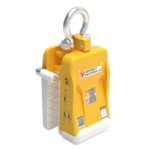
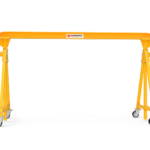
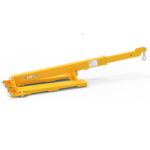
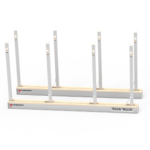
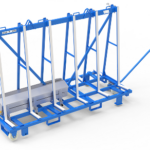
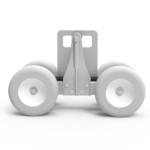
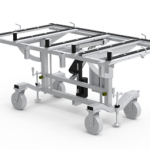
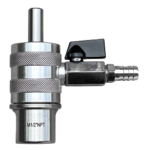
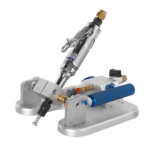

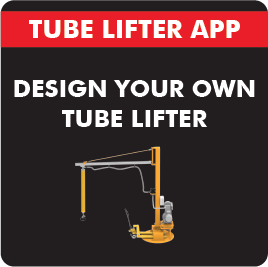
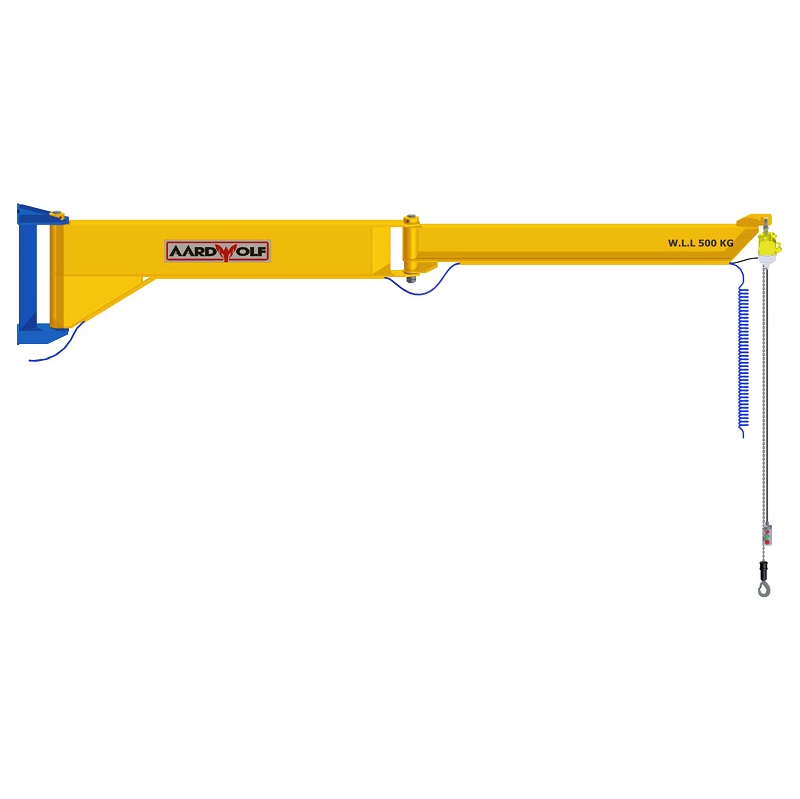
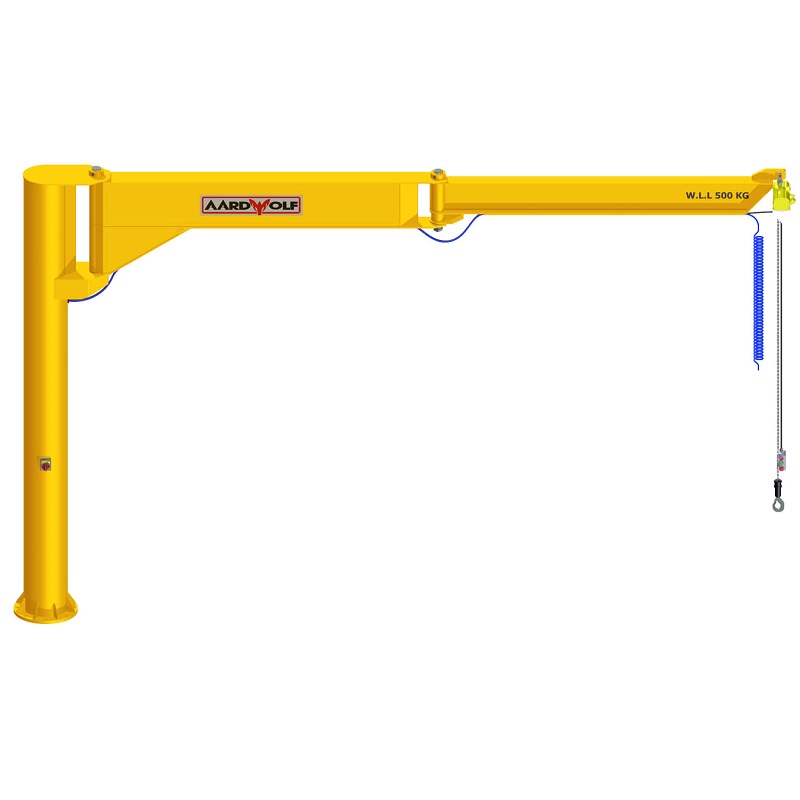
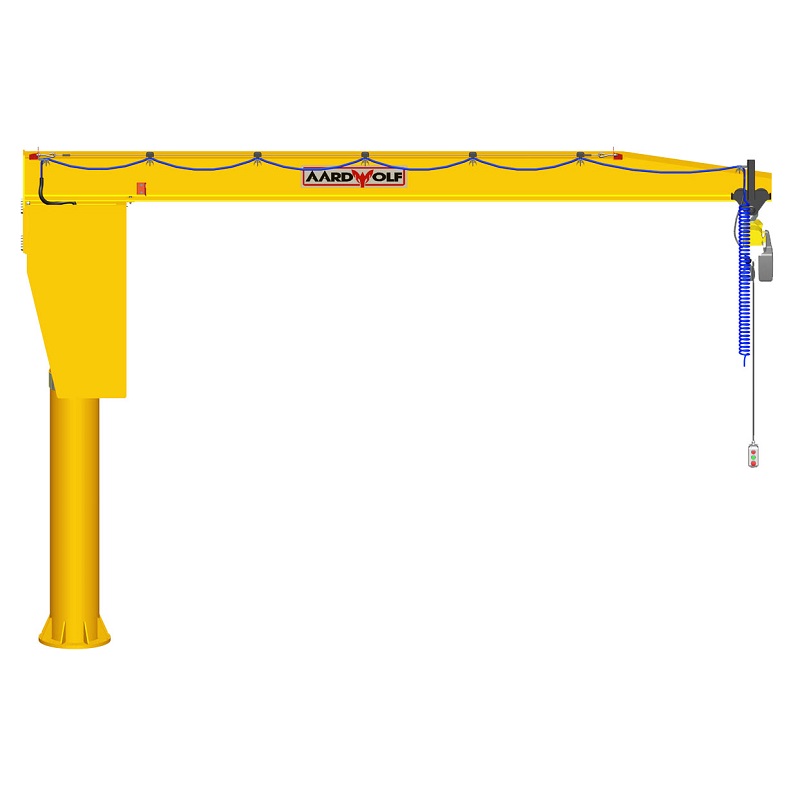

Please log in to leave a comment.